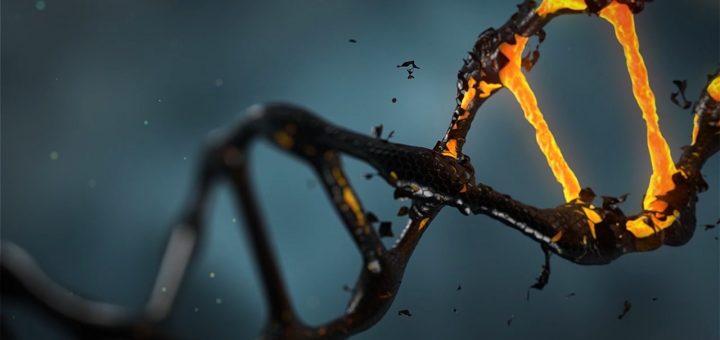Despite their past successes, rule-base engines and simple predictive models are not able to identify the majority of fraud attempts anymore. Currently, fraud attempts and breaches are becoming more sophisticated, as the use of machine learning algorithms is finding new ways to defraud digital businesses (Columbus, 2019).
The effectiveness of using artificial intelligence to detect fraud is due to the combined use of supervised and unsupervised machine learning. Supervised machine learning algorithms are designed to learn from example, their training data consists of inputs paired with correct outputs (Wilson, 2019). On the other hand, unsupervised machine learning algorithms infer patterns from a dataset without a paired outcome (DataRobot, 2020). There are three ways in which Artificial Intelligence is revolutionising the field of fraud prevention.
Firstly, AI is causing a shift from relying solely on past experiences to analysing emerging activities, behaviours, and trends in transaction anomalies (Columbus, 2019). If in the past fraud detection systems relied uniquely on past data to detect attempts of fraud, the emergence of artificial intelligence is making the identification and prevention of fraud attempts in real time possible. Today, frauds that usually required up to 8 weeks to be detected, can be immediately recognised thanks to the artificial intelligence technology (Columbus, 2019).
Secondly, artificial intelligence is able to provide fraud analysts with a real-time risk assessment as well as a comprehensive overview of the transaction analysed. Unsupervised machine learning can be utilised in conjunction with anomaly detection to allow analysts to instantly validate or redefine their decisions in terms of acceptable risk and threshold levels (Columbus, 2019).
Finally, AI has the potential to greatly improve the customer’s experience by supporting merchants to easily approve online purchases and reduce false positives (Columbus, 2019). For example, the firm Omniscore provides a transaction safety rating, a score indicating the likelihood that an analysed transaction turns out to be fraudulent. The AI developed by the company analyses hundreds of millions of transactions, their outcomes, their linkages and patterns to help identify good customers, bad customers, and fraudsters (Kount, 2020).
References:
Columbus, L. (2019). Top 9 Ways Artificial Intelligence Prevents Fraud. Forbes, [online]. Available at: https://www.forbes.com/sites/louiscolumbus/2019/07/09/top-9-ways-artificial-intelligence-prevents-fraud/#6c04276b14b4 [Accessed 08 October 2020].
DataRobot (2020). Unsupervised Machine Learning. DataRobot, [online]. Available at: https://www.datarobot.com/wiki/unsupervised-machine-learning/ [Accessed 08 October 2020].
Kount (2020). Omniscore Overview. Kount, [online]. Available at: https://support.kount.com/hc/en-us/articles/360045236712-Omniscore-Overview [Accessed 08 October 2020].
Wilson, A. (2019). A Brief Introduction to Supervised Learning. Towards Data Science, [online]. Available at: https://towardsdatascience.com/a-brief-introduction-to-supervised-learning-54a3e3932590 [Accessed 08 October 2020].


